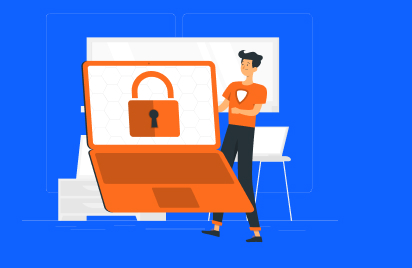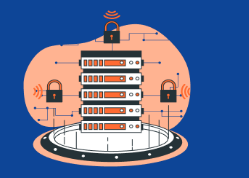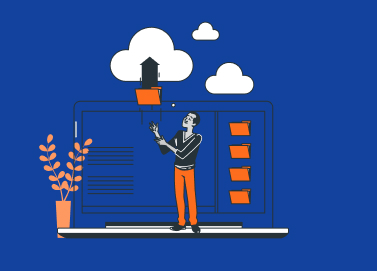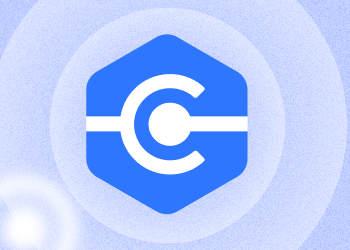We’re thrilled to introduce MSP360 RMM 2.2, the latest version of our remote monitoring and management software. This release brings impactful updates, including the RMM Alert Profiles for streamlined alert configuration and control, the ability to trigger post-actions from alerts, and support for software installation directly from a network share or local disk. It also includes several other enhancements designed to optimize your workflow. Continue reading
How to Protect Backups from Ransomware: Full Guide
Nowadays, ransomware attacks aim for essential data assets, such as production databases and backups. If your backups are encrypted by the malefactors, you have only two choices left: to pay the ransom or to forget about your data. Thankfully, there are a range of tactics to protect your backups from ransomware attacks. Continue reading
Frequently Asked Questions About MSP Documentation
Let’s face it. Even the smallest MSP business is made up of numerous elements that are intricately connected. On one hand, there are internal processes like employee management and network management. Then on the other, you have to worry about external processes like client management and system maintenance. Continue reading
Top Nontrivial MSP Tools You Need
It goes without saying that, as an IT managed services provider, you certainly need to prioritize software tools that power critical IT management functionalities - such as remote monitoring and management (RMM), professional services automation (PSA), and ticket management, plus backup and disaster recovery. Continue reading
Why Routine Maintenance Is Critical to Maintaining a Secure Network
The average cybersecurity budget is expected to increase 71 percent over the next three years, quickly approaching $1 trillion globally spent on a variety of technology solutions to protect businesses around the world. Continue reading
Meteor Wiper Malware: How a Robust Backup Strategy Can Help
You’ve heard of ransomware, which is capable of rapidly encrypting and disabling files in a bid to force victims to pay exorbitant ransom fees. Now, there is a new threat to your data: wiper malware. Continue reading
Cloud Backup Strategy for Small Businesses
In most cases nowadays, it's simply impractical to store your business backups locally. Moreover, cloud storage solutions have become so cheap, reliable, and feature-rich, that they easily outperform any small local storage solution. However, ”the cloud” is just a term that covers hundreds of different possibilities. So, how do you pick one of those hundreds?
News You Might’ve Missed. August 2021
What's new this month in the news for MSPs? AWS launches new-generation x86-based workforce instances; OneDrive business storage accidentally lowered by Microsoft; Accenture ransomware attack demand of $50m; and more. Continue reading
Introducing MSP360 Connect 2.6
We are excited to announce the release of MSP360 Connect (Formerly Remote Desktop) version 2.6 which introduces important new features and improvements.
Local Backup Storage: Is It Still Necessary?
The backbone of every company’s technology strategy is its IT infrastructure. In the past, this typically meant a closet, a room or even a full data center dedicated to storage and other infrastructure needs. However, in today’s cloud-first and virtual world, there’s a lot more flexibility in how companies acquire and utilize infrastructure. Continue reading
Comprehensive Guide to Password Security
More than half of all data breaches happen because of weak passwords.
Bad passwords are a headache for any system administrator whose users are allowed to modify or change them. At the same time, weak password management is a pain for the company as a whole, since malefactors are on a constant lookout for weaknesses they can breach. Continue reading
High-Quality Referrals: Where MSPs Can Get Them
When it comes to building a successful MSP business, you don’t have to go at it alone. Referral partners are a great way for an MSP to spread the word about their business through word-of-mouth marketing or over social media. Continue reading
















